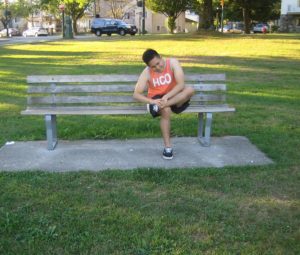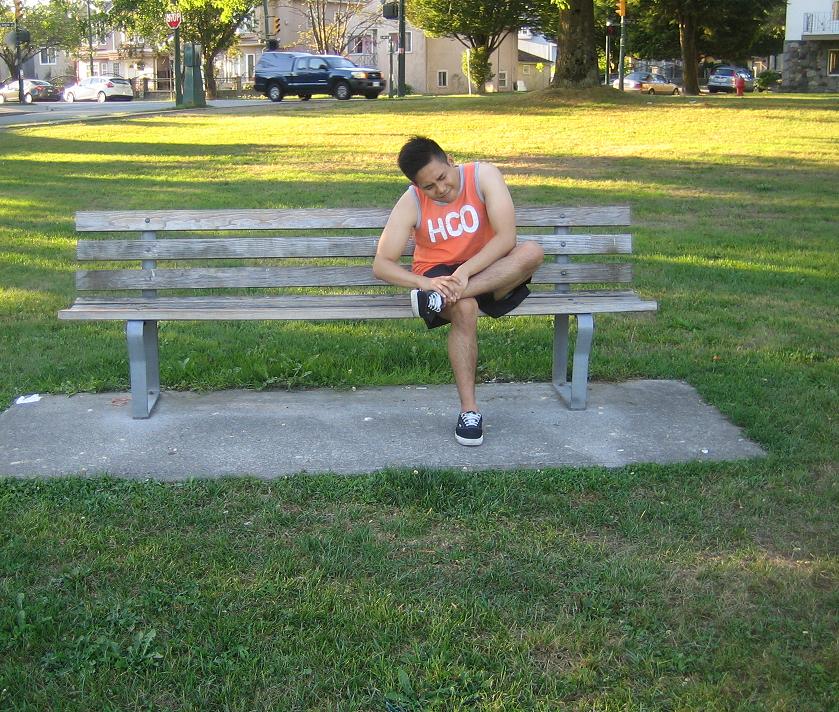Diabetic peripheral neuropathy is simply nerve damage that affects the hands, arms, legs and feet. It develops steadily and worsens over time.
Some individuals develop the condition long before being diagnosed with diabetes. It is important to note that having diabetes for many years can increase the risk for developing diabetic neuropathy. The loss of sensation and other issues linked with nerve damage puts one at risk for skin ulcers that might become diseased and do not recuperate. This critical complication can result to the loss of a foot, limb or even a life.
What are the causes?

The nerve damage brought about by diabetic peripheral neuropathy is common among individuals with diabetes that is poorly controlled. Nevertheless, even those with diabetes with proper control on the glucose levels can end up with neuropathy.
Once diabetic peripheral neuropathy progresses, several nerves are affected. The impaired nerves can lead to issues that promote the formation of the ulcers such as:
- Cracked skin along with numbness and issues linked with motor neuropathy
- Deformities due to motor neuropathy can cause the shoes to rub against the toes, resulting to a sore.
- Numbness of the area
Indications
Depending on the nerves that are affected, one or several symptoms might be present in diabetic peripheral neuropathy.
Sensory
- Tingling sensation or numbness in the feet
- Discomfort or pain in the legs or feet including a sharp, prickly pain or burning sensation
Motor
- Muscular weakness and loss of muscle tone in the lower legs and feet
- Balance loss
- Alterations in the foot shape that can cause areas with increased pressure
Autonomic
- Cracked skin
- Dry feet
Management of diabetic peripheral neuropathy
Initially, the treatment for diabetic peripheral neuropathy is aimed on controlling the blood sugar level. Additionally, several options are utilized to manage the painful symptoms.
Medications might be given to alleviate specific symptoms such as burning or tingling. Oftentimes, a combination of various medications is given. In some instances, physical therapy is needed to minimize issues with balance and other symptoms.

